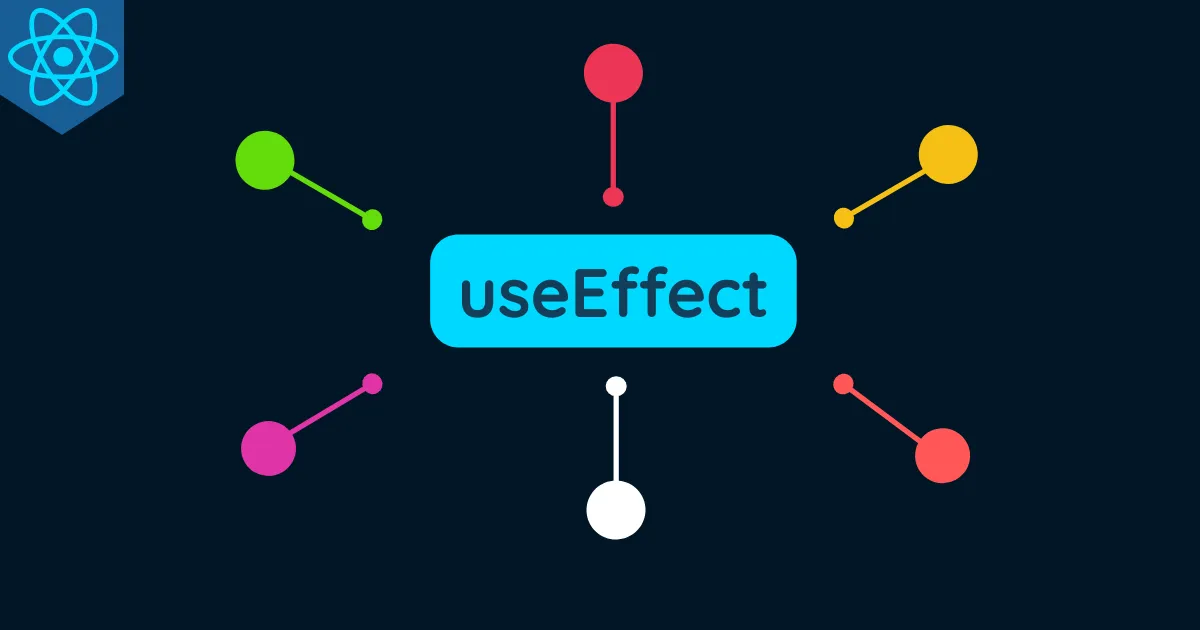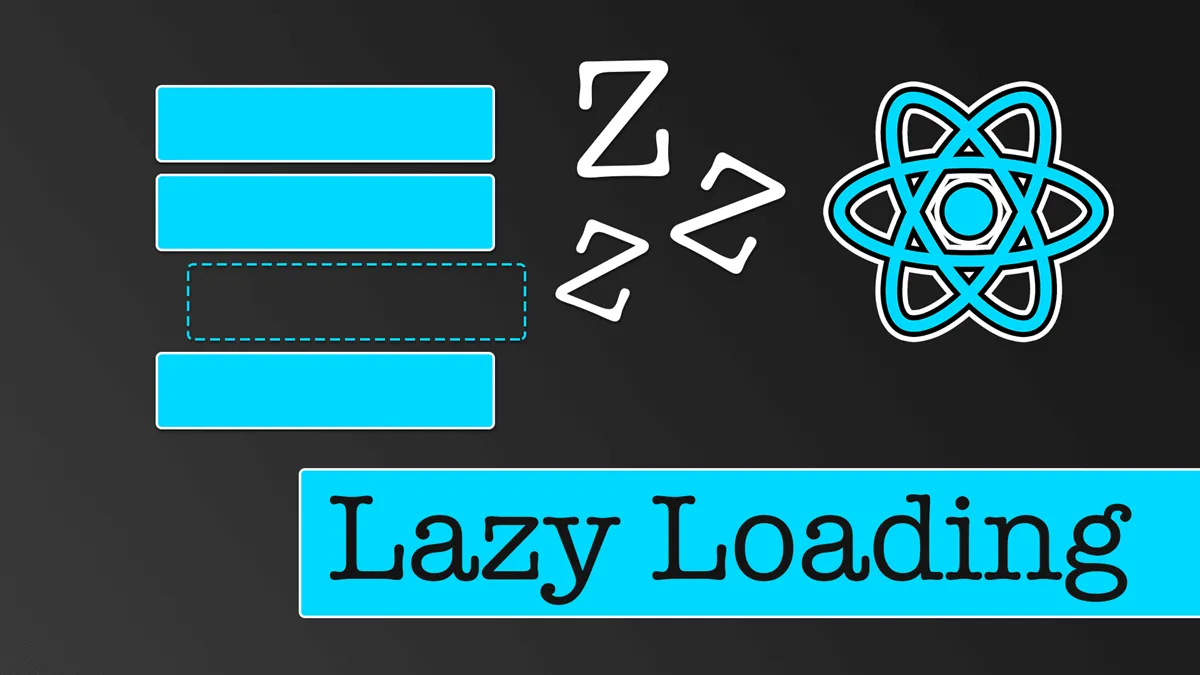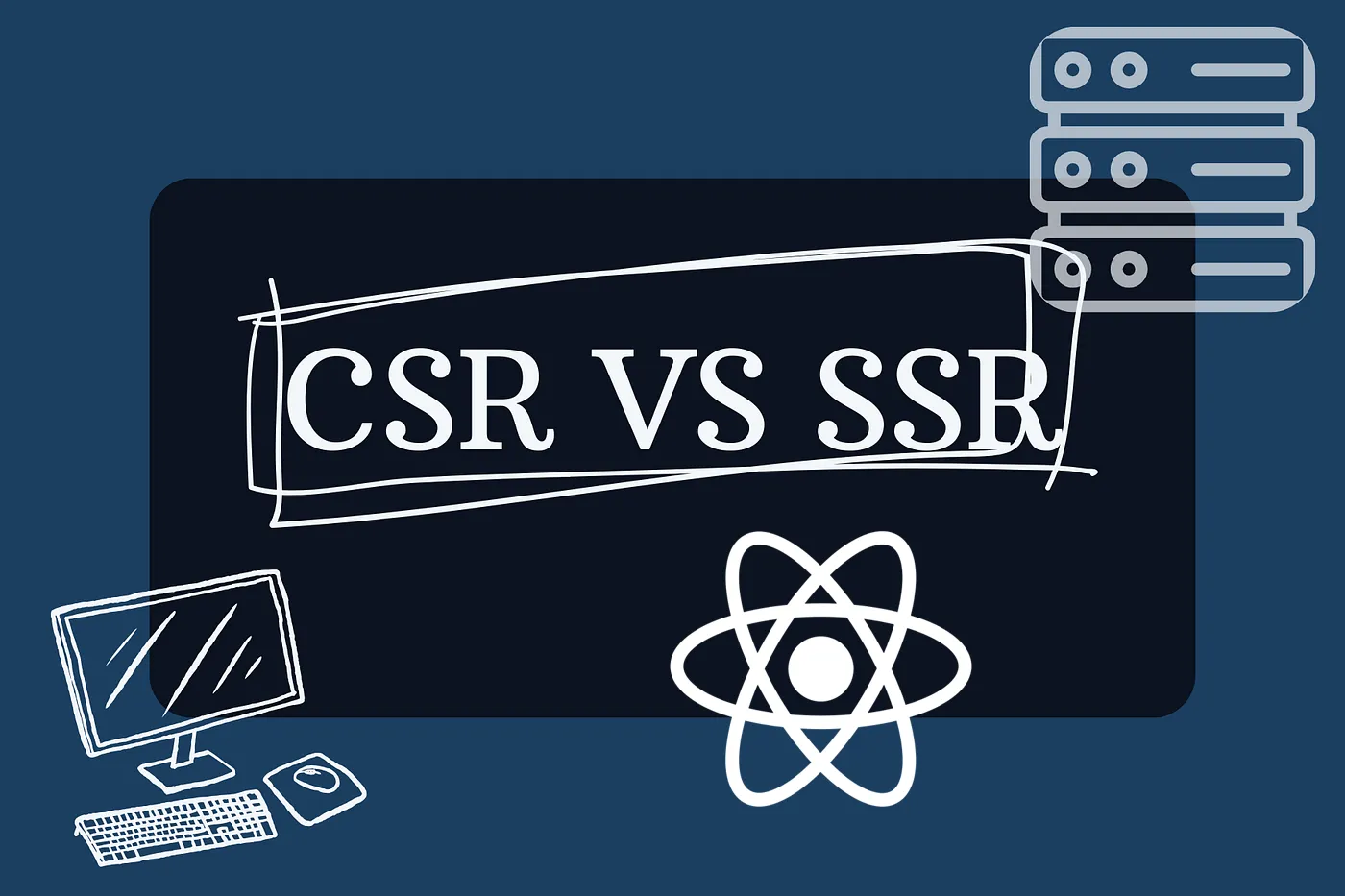If you're a developer who recently switched from frameworks like Angular or Vue.js to React, you might be wondering: "How does Two-Way Binding work in React?". This is a completely natural question, as Two-Way Binding is an extremely powerful and convenient concept.

This article will help you decode everything about Two-Way Binding in React: what it is, why React takes a different approach, and how to implement it effectively and correctly.
1. What is Two-Way Binding? An Overview
Imagine a two-way street. Vehicles can travel from A to B and back smoothly. Two-Way Binding in front-end programming works similarly.
Two-Way Data Binding is an automatic synchronization mechanism between the Model (application state) and the View (user interface, UI).
More specifically:
- Model to View: When data in the state changes, the user interface (e.g., an input field) will automatically update to display the new data.
- View to Model: When users interact with the interface (e.g., typing in an input field), the data in the state will automatically update according to that change.

Everything happens seamlessly and "magically," helping developers write less code for form handling tasks. Frameworks like Angular [(ngModel)] and Vue.js v-model have made this concept very popular.
2. The "Shocking" Answer: React Does NOT Have "Pure" Two-Way Binding
This is the core difference. React, by nature, does not provide built-in Two-Way Binding mechanisms like Angular or Vue.
Instead, React follows a different design philosophy, called One-Way Data Flow or Unidirectional Data Flow.
Why One-Way Data Flow?
In React, data always flows in one direction: from top to bottom.
- State/Props (Model) flows down to View: Data is stored in the
stateof a component or passed from parent component to child component throughprops. This data is then used to "draw" the user interface (UI). - Actions flow back up: When users interact with the UI (e.g., clicking a button, entering data in a form), the component emits "actions" (usually callback functions) to request state updates.
This one-way data flow brings tremendous benefits:
- Predictable: You always know exactly where data comes from and how it changes. No "hidden" changes occur.
- Easier Debugging: When errors occur, tracing the source of data changes becomes much simpler.
- Better Control: Developers have full control over when and how state is updated.
- Performance: Helps React optimize the process of re-rendering components efficiently.
3. So How Do We "Simulate" Two-Way Binding in React?
Although not built-in, we can completely "simulate" Two-Way Binding behavior in React by combining the two directions of one-way data flow. This is the standard approach and is encouraged by the React community.
We create a "two-way street" by connecting two "one-way streets":
- Direction 1 (State -> UI): Bind the input element's value to a variable in state.
- Direction 2 (UI -> State): Use the
onChangeevent handler to update that state variable whenever the user inputs data.
Let's say we want to create a simple name input form, here's a classic example with an input field and the useState hook.
import React, { useState } from 'react'
function NameForm() {
// 1. Initialize state to store the input field value
const [name, setName] = useState('')
// 4. This function will be called whenever there's a change on the input field
const handleChange = (event) => {
// Update state with the new value from the input field
setName(event.target.value)
}
const handleSubmit = (event) => {
event.preventDefault() // Prevent browser reload
alert(`The name you entered is: ${name}`)
}
return (
<form onSubmit={handleSubmit}>
<h2>Name Input Form (Two-Way Binding "React Style")</h2>
<label>
Your name:
<input
type="text"
// The input value always reflects the value of the `name` state
value={name}
// When user types, call `handleChange` function to update state
onChange={handleChange}
/>
</label>
<button type="submit">Submit</button>
<p>
Current name in state: <strong>{name}</strong>
</p>
</form>
)
}
export default NameForm
Analysis of the above example:
value={name}: This is the State -> UI data flow. It ensures that the input field always displays exactly what is stored in thenamevariable.onChange={handleChange}: This is the UI -> State data flow. Every time the user types a character, theonChangeevent is triggered. ThehandleChangefunction takes the new valueevent.target.valueand usessetNameto update the state.
When the name state is updated, React will automatically re-render the component, and the input field will receive the new value from state through the value prop. This loop creates a seamless effect, exactly like Two-Way Binding.
4. Advanced: Reusing Logic with Custom Hook
If you have many forms and don't want to repeat the value and onChange logic everywhere, you can create a Custom Hook to encapsulate this behavior. This is a very "React" way of doing things.
Let's create a custom hook called useInput.
// hooks/useInput.js
import { useState } from 'react'
export function useInput(initialValue) {
const [value, setValue] = useState(initialValue)
const handleChange = (e) => {
setValue(e.target.value)
}
// Return the value and handler function, along with a reset function
return {
value,
onChange: handleChange,
reset: () => setValue(initialValue),
}
}
Now, let's use this custom hook in the NameForm component:
import React from 'react'
import { useInput } from './hooks/useInput' // Import hook
function NameFormAdvanced() {
// Using custom hook, code becomes much cleaner
const nameInput = useInput('')
const handleSubmit = (event) => {
event.preventDefault()
alert(`The name you entered is: ${nameInput.value}`)
nameInput.reset() // Reset input field after submission
}
return (
<form onSubmit={handleSubmit}>
<h2>Form with Custom Hook</h2>
<label>
Your name:
{/* Use spread operator to pass `value` and `onChange` props */}
<input type="text" {...nameInput} />
</label>
<button type="submit">Submit</button>
<p>
Current name: <strong>{nameInput.value}</strong>
</p>
</form>
)
}
export default NameFormAdvanced
With the custom hook, your component becomes cleaner, more readable, and the input handling logic can be reused anywhere.
5. Pros and Cons of the React Approach
Advantages
- Transparent and Clear: Data flow is always explicit. You know exactly what causes state changes.
- Flexible: You can easily add logic in between the update process. For example, you can format, validate, or block an input value right in the
handleChangefunction. - Fits React Ecosystem: This approach is completely consistent with React's design philosophy.
Disadvantages
- More Code (Boilerplate): Compared to
v-modelorngModel, you have to write a bit more code (declare state, writehandlerfunction). However, custom hooks can minimize this disadvantage.
Conclusion
So, "What is Two-Way Binding in React?".
The accurate answer is: React doesn't have built-in Two-Way Binding, but it allows you to simulate that behavior in a transparent and controlled way through one-way data flow.
By combining value and onChange, you create a powerful State -> UI -> State loop. This approach, while seeming more verbose initially, is the foundation for the stability, maintainability, and scalability of complex React applications.
Hopefully, after this article, you not only understand how to implement Two-Way Binding "React style" but also appreciate the one-way data flow philosophy that has made this library powerful.
Happy coding!



